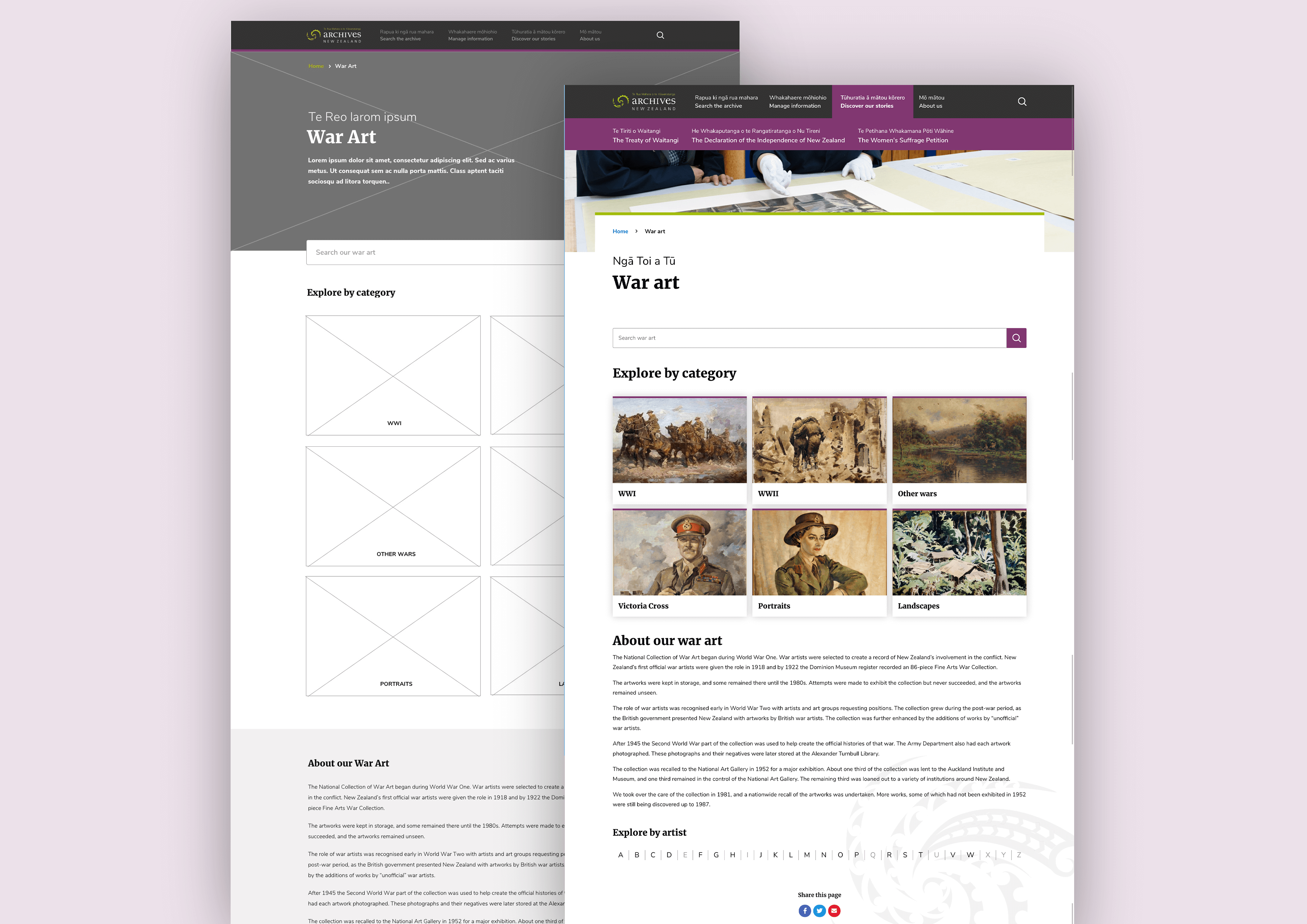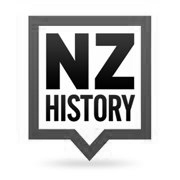


Department of Internal Affairs
Website design and development
“Fabulous new site — so much nicer to engage with!”
A ground-up rebuild of the Archives website has created a one-stop shop for interacting with Archives New Zealand. Accessible anywhere, anytime, by anyone regardless of device or disability, the site is the foundation for Archives’ digital transformation.
Archives New Zealand looks after government information, more than seven million official records, from 19th century treaties to 21st century data. To see the value of these records, you need only look back to the Christchurch earthquakes, when early maps held by Archives provided vital insights into the city’s long-buried watercourses.
The Archives 2057 Strategy aims to take archives to the people and this requires a digital transformation. Knowing that an undertaking like that needs an Agile approach, they’re tackling it one step at a time.
First up was the foundation stone. Now live, the new website is already making Archives more accessible and engaging. A post-launch user survey run saw a 34% increase in the number of users who are satisfied or very satisfied with the site.
increase in satisfaction

For their strategy to succeed, Archives records and services need to be easy to access digitally. But Archives’ web presence was no longer up to the task. Content was spread across multiple sites, on multiple platforms, some of which were out of support and unable to be updated.
What was needed was a modern, easy-to-use, easy-to-manage platform. This would have the flexibility to accommodate the content and functionality of current sites, and would give Archives a foundation for the future.
The project kicked off with a codesign workshop to align Archives, stakeholders and the Boost team behind a vision for the project.
A structured series of activities defined the benefits the new site would offer users. These were distilled into easy-to-action deliverables that documented the vision, projected the future state and detailed the user personas.

To manage the risk of not delivering the required benefits on time and on budget, Archives followed a collaborative Agile methodology.
The Archives Product Owners integrated into the Scrum team delivering the project. The team delivered a working website at the end of each two-week Sprint, providing Archives with constant visibility of progress and spending. This allowed them to set priorities based on seeing the site in action.
The business was more involved in the decision-making process, making it easier to get things done by working side-by-side. Iterations were user-tested to ensure they delivered the planned benefits, and Archives could demo the latest work to stakeholders.
Part of the Agile approach involved delaying high-resolution visual design until the functionality was resolved, preventing developers from wasting time on tweaking hi-res designs.
One of the developers on the project, Katherine Nagels, described the impactful moment when the project transitioned from black and white to colour, impressing everyone involved.

Archives built a modular website using the Contentful content management system. Creating the site out of reusable components gave them the building blocks to create a one-stop shop.
A key building block was an improved search tool, designed to give the kind of features people are used to from Google.
First of the old sites to be merged was the Records Toolkit. The Toolkit gives guidance to government agencies on information and records management. The guides were redesigned to make them more user-friendly, using templates that prioritise clarity and ease-of-use.
“Nice clean design and easy to follow guides”


To bring Archives to the people, the new site had to be accessible anywhere, anytime, by anyone, regardless of the devices they may use or any disabilities they may have.
The site was designed to be responsive and work on any device.
Accessibility was built in from the beginning and work in progress was regularly tested via screen reader.
The impact has been immediate. On the new site, mobile use is half again higher than it was before redevelopment.
increase in mobile use

Archives developed new templates to deliver more engaging content. The Discover our stories section featured fresh, easy-to-share, blog-like content along with galleries — effectively digital exhibitions.
Now Archives can highlight treasures from their collections, giving more people more chances to find and enjoy them.
The gallery template also provided the basis for the next iteration of their Agile transformation: rolling the War Art website into the fold.
To make the most of this trove, the gallery template was enhanced. You can now zoom into and pan across the works, mimicking the up-close-and-personal experience of seeing the works in the flesh. The individual works are now easier to find, because they come up in site search, and search and filter options have been expanded.
“Loving the look of Discover our stories”

The ongoing digital transformation at Archives has significantly increased access and engagement, earning praise from peers, users and stakeholders. The Archives team has much to be proud of.
Agile methodology enabled the team to achieve fast results, delivering what they set out to achieve. In just eight sprints, the team went from nothing to a live site, demonstrating an impressive accomplishment.
